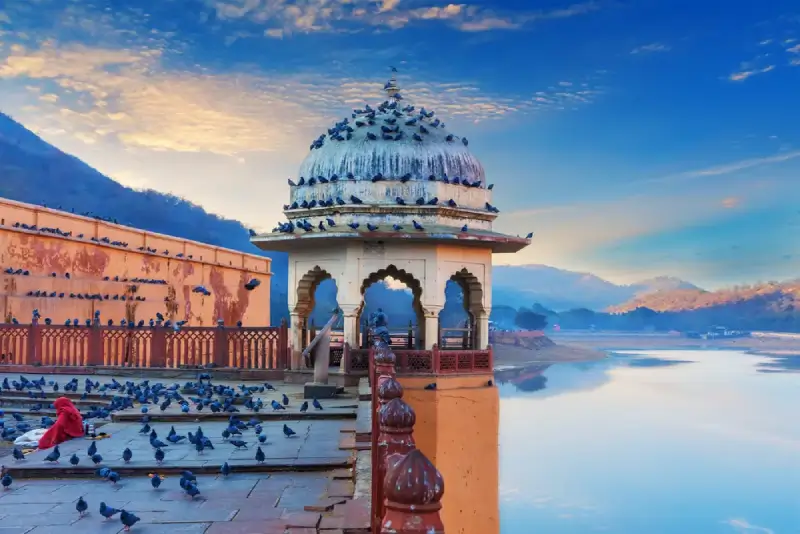India’s fort culture is a fascinating aspect of its rich historical and architectural heritage. Forts in India were primarily built for defense, but they also served as royal residences, administrative centers, and symbols of power. The architecture, design, and construction of these forts reflect the ingenuity, craftsmanship, and artistic sensibilities of their times. These forts, scattered across the length and breadth of the country, provide a window into India’s past, showcasing the evolution of military strategies, architectural styles, and cultural influences over centuries.
India, with its rich tapestry of history, is home to some of the most magnificent forts in the world. These forts are not just architectural marvels but also a testament to the country’s diverse and storied past. Here are five of the best forts in India that you must visit to truly appreciate the grandeur and historical significance they hold.
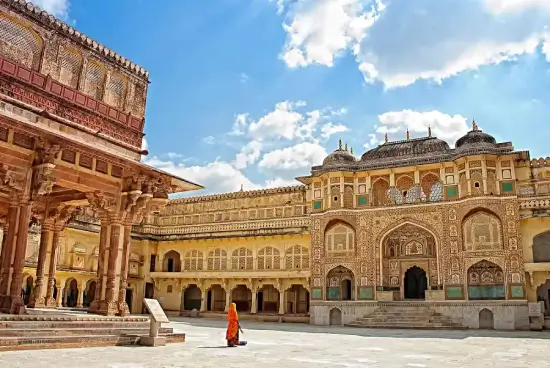
1. Amber Fort, Rajasthan
History and Architecture
Amber Fort, located in Jaipur, Rajasthan, is a splendid example of Rajput architecture. Built in the 16th century by Raja Man Singh I, it stands majestically on a hilltop and overlooks the Maota Lake. The fort is known for its artistic elements, including large ramparts, series of gates, and cobbled paths. Built from red sandstone and marble, the fort is known for its artistic elements, including the Sheesh Mahal (Mirror Palace), intricate wall paintings, and the scenic views of Maota Lake.
Highlights
- Sheesh Mahal (Mirror Palace): A room adorned with intricate mirror work.
- Diwan-e-Aam: The hall for public audience.
- Ganesh Pol: A beautiful gateway that leads to the private palaces of the kings.
Visiting Tips
- Try to visit early in the morning to avoid crowds.
- An elephant ride up to the fort entrance adds to the royal experience.
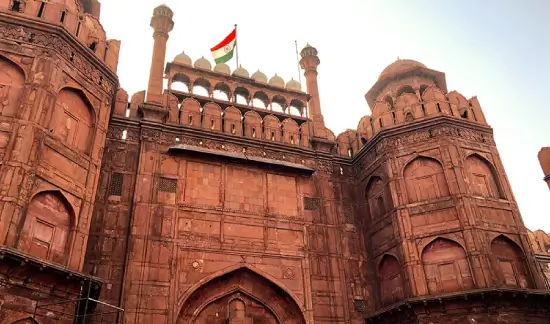
2. Red Fort, Delhi
History and Architecture
The Red Fort, a UNESCO World Heritage Site, is a symbol of India’s rich history and cultural heritage. Constructed by the Mughal Emperor Shah Jahan in 1638, this fort served as the main residence of the Mughal emperors. Made of red sandstone, its imposing walls stretch over 2 kilometers.
Highlights
- Lahori Gate: The main entrance, which is used for the Prime Minister’s speech on Independence Day.
- Diwan-i-Aam and Diwan-i-Khas: Halls of public and private audiences.
- Rang Mahal: The palace of colors, adorned with beautiful paintings.
Visiting Tips
- Visit during the evening to witness the sound and light show that narrates the fort’s history.
- Combine your visit with a trip to nearby Chandni Chowk for an authentic Delhi experience.
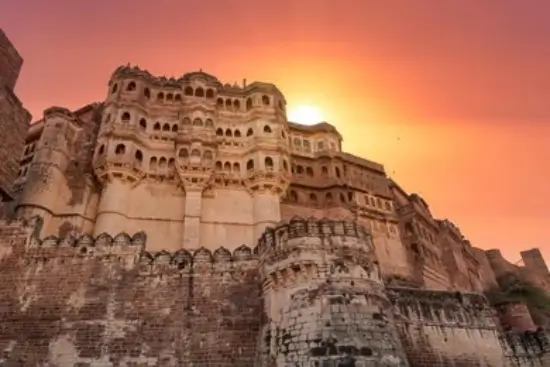
3. Mehrangarh Fort, Rajasthan
History and Architecture
Mehrangarh Fort in Jodhpur, Rajasthan, is one of the largest forts in India. Built around 1459 by Rao Jodha, it stands on a perpendicular cliff, 400 feet above the city. The fort is known for its formidable walls and intricate carvings. The fort’s museum houses an extensive collection of palanquins, howdahs, royal cradles, miniature paintings, musical instruments, costumes, and furniture.
Highlights
- Moti Mahal (Pearl Palace): Known for its splendid interiors.
- Phool Mahal (Flower Palace): The grandest of Mehrangarh’s period rooms.
- Chamunda Mataji Temple: A temple dedicated to the goddess Chamunda.
Visiting Tips
- Don’t miss the museum inside the fort that displays a rich collection of palanquins, musical instruments, costumes, and furniture.
- Enjoy the panoramic view of the blue city of Jodhpur from the fort.
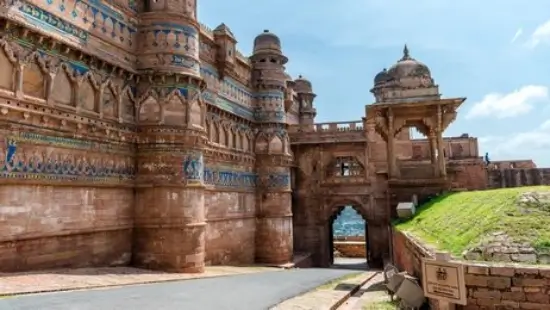
4. Gwalior Fort, Madhya Pradesh
History and Architecture
Gwalior Fort, described as the pearl among fortresses in India, is situated in Gwalior, Madhya Pradesh. Its history dates back to the 8th century, making it one of the oldest forts in India. The fort’s unique architecture includes various palaces, temples, and water tanks. Within the fort complex are several palaces, temples, and water tanks. Notable structures include the Man Mandir Palace, Teli ka Mandir, and the Sas Bahu Temples. Each of these forts offers a unique glimpse into India’s historical and cultural tapestry, making them essential visits for any history enthusiast or traveller.
Highlights
- Man Mandir Palace: Known for its intricate carvings and beautiful architecture.
- Sas Bahu Temples: Twin temples dedicated to Vishnu.
- Teli Ka Mandir: A towering temple with a blend of North and South Indian architectural styles.
Visiting Tips
- Allocate enough time to explore the various palaces and temples within the fort complex.
- The sound and light show in the evening is a must-see.
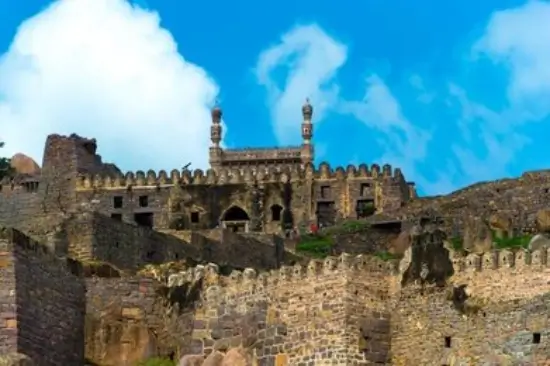
5. Golconda Fort, Telangana
History and Architecture
Golconda Fort, located in Hyderabad, Telangana, is known for its architectural brilliance and historical significance. Built by the Kakatiya dynasty in the 13th century, it later became the capital of the Qutb Shahi kingdom. The fort’s innovative water supply system and acoustic effects are particularly noteworthy. Golconda Fort is renowned for its acoustic system and grand architecture. The fort’s history dates back to the 13th century and it was once a hub for diamond trade. Key attractions include the Fateh Darwaza (Victory Gate), Taramati Mosque, and the remains of palaces and halls.
Highlights
- Sound and Light Show: Narrates the history of the fort and its significance.
- Ramdas Jail: The place where Ramdas, the famous Telugu poet, was imprisoned.
- Bala Hissar Pavilion: Offers a panoramic view of the city.
Visiting Tips
- Wear comfortable shoes as the fort requires a lot of walking.
- Visit in the late afternoon to enjoy the sunset views from the top.

